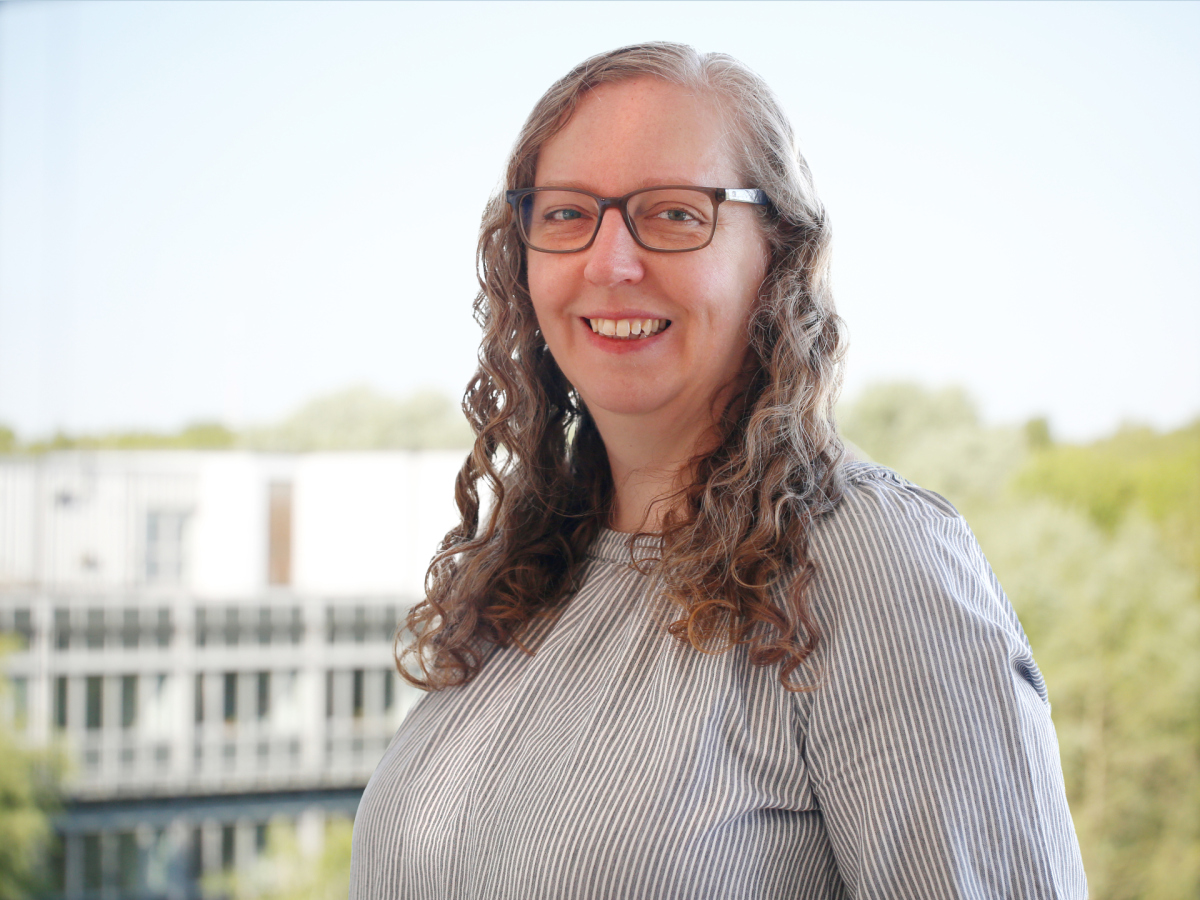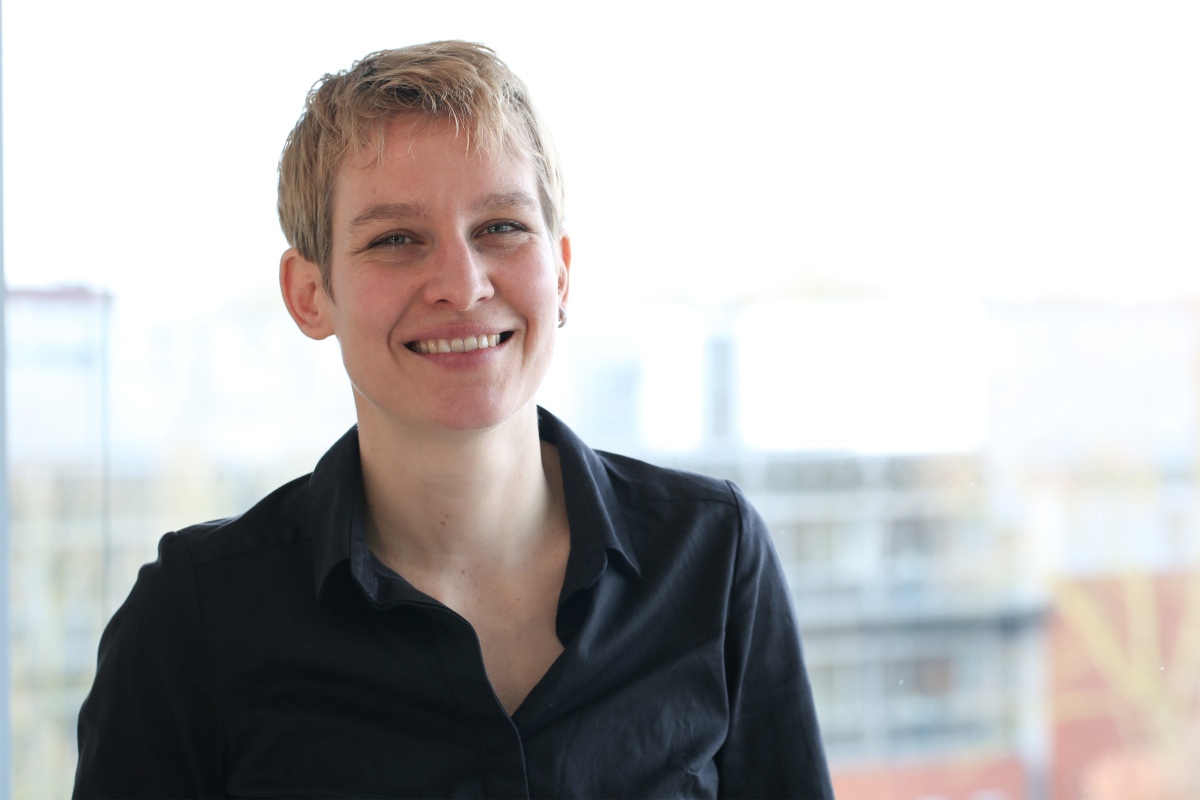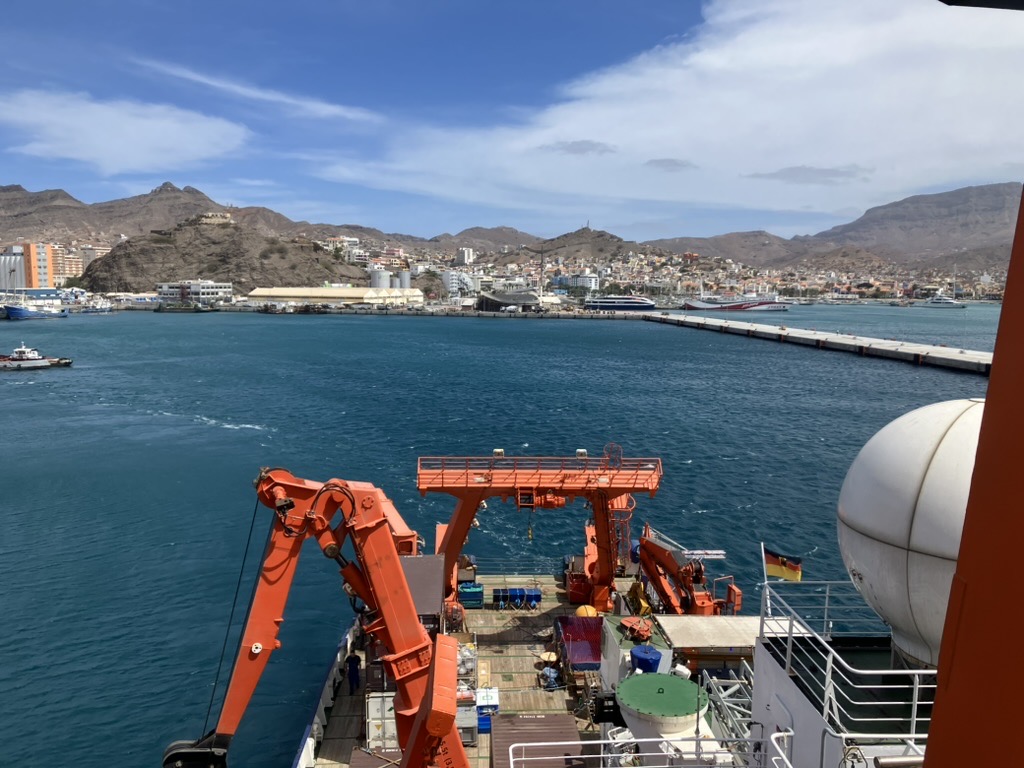- Press Office
- Press releases
- Where coastal upwelling and Saharan dust support marine life
Where coastal upwelling and Saharan dust support marine life
Coastal upwelling areas on the eastern margins of the Atlantic and Pacific are among the most biologically productive regions of the ocean and are of great ecological and socio-economic importance. They have a significant influence on the global climate, but are sensitive to human influences such as ocean warming, ocean acidification and oxygen deprivation.
In order to better understand these complex processes, an in-depth scientific description of coastal upwelling systems is needed. The METEOR expedition M208 “NowUP”, which has now been launched under the leadership of the GEOMAR Helmholtz Centre for Ocean Research Kiel, will make an important contribution to this. Expedition M208 aims to better understand the interactions between upwelling, dust input, phytoplankton growth and carbon export and thus enable more precise predictions about the effects of climate change on coastal upwelling systems.
Wiebke Mohr, Juliane Schötz and Rieke Koopmann from the Biogeochemistry Department of the Max Planck Institute for Marine Microbiology are taking part in this expedition. They are investigating the fixation of carbon dioxide by phytoplankton. The Bremen researchers are also studying the influence of nutrients on the activity of microorganisms that are relevant in the cycling of nitrogen and methane. One of their goals is to identify the responsible microorganisms and to determine their individual contribution to biogeochemical processes.
Physical drivers of biological productivity
The high productivity in the upwelling area off Northwest Africa is driven by the southerly wind along the coast. This wind causes an offshore transport of near-surface water, which is replaced by deeper, nutrient-rich water. Other physical processes can also play an equally important role. These include, for example, boundary waves generated at the equator or along the coasts of the Gulf of Guinea, which may lead to upwelling of nutrient-rich water off Northwest Africa, or mixing on the shelf caused locally by internal tides. With a combination of different measurement systems, which are used continuously during the cruise or at stations, as well as through the deployment of autonomous gliders and moorings, the complex dynamics in the upwelling area will be studied during "NowUP" in order to draw conclusions about possible future changes.
Interaction between ocean and atmosphere
The atmosphere influences the biological productivity of the sea through the input of huge quantities of Saharan dust, which supplies essential nutrients such as phosphate and iron. These promote the growth of phytoplankton, which serves as the basis of the marine food web and plays an important role as an oxygen producer and carbon dioxide sink. How exactly the tiny dust particles influence the biological and chemical processes in the water is one of the central questions of the METEOR expedition M208. The meteorological conditions under which dust outbreaks occur are also being investigated. “February and March are a favourable time for our expedition,” says expedition leader Dr Peter Brandt, Professor of Physical Oceanography at GEOMAR. “During this time, biological productivity is maximised by stronger winds and at the same time Saharan dust storms occur.”
Nutrients from desert dust drive the “biological pump”
The "biological pump" is crucial for the global carbon cycle. The term "biological pump" describes the absorption of carbon dioxide from the atmosphere by microscopic algae (phytoplankton) to build up their biomass and the subsequent export of the bound carbon to greater water depths. Here, this carbon is then stored for hundreds of years and removed from the climate system. The build-up of phytoplankton biomass is supported by nutrients such as nitrogen and phosphorus, which are brought to the surface by upwelling off Northwest Africa, as well as trace elements from Saharan dust. This biomass is exported in various ways. For example, small animals drifting in the sea (zooplankton) eat the phytoplankton and excrete faecal pellets that sink into the ocean. Dying phytoplankton can also form aggregates and sink as marine snow. In addition, daily vertical migrations of zooplankton from the surface to depths of around 200 to 600 metres contribute to additional carbon displacement.
Expedition M208 aims to better understand the interactions between upwelling, dust input, phytoplankton growth and carbon export and thus enable more precise predictions about the effects of climate change on coastal upwelling systems.
Follow the expedition in real time
If you would like to follow the expedition's measurements, you can view current research data such as ocean speeds here.
Expedition at a glance:
Name: METEOR-Expedition M208 „NowUP“
Chief Scientist: Prof Dr Peter Brandt
Dates: 14.02.2025 – 17.03.2025
Start and End: Mindelo, Cabo Verde
Region: Northwest Atlantic
Please direct your queries to:
Scientist
MPI for Marine Microbiology
Celsiusstr. 1
D-28359 Bremen
Germany
|
Room: |
3135 |
|
Phone: |

Head of Press & Communications
MPI for Marine Microbiology
Celsiusstr. 1
D-28359 Bremen
Germany
|
Room: |
1345 |
|
Phone: |

